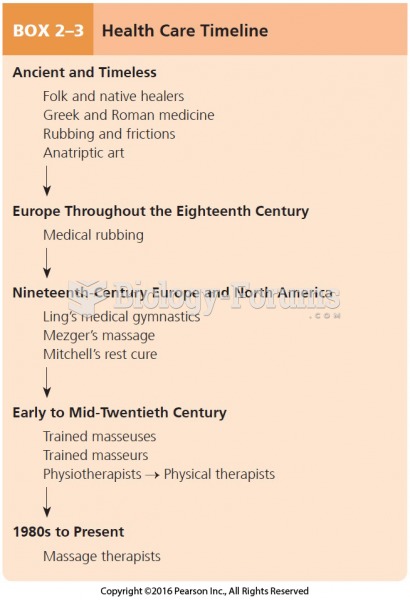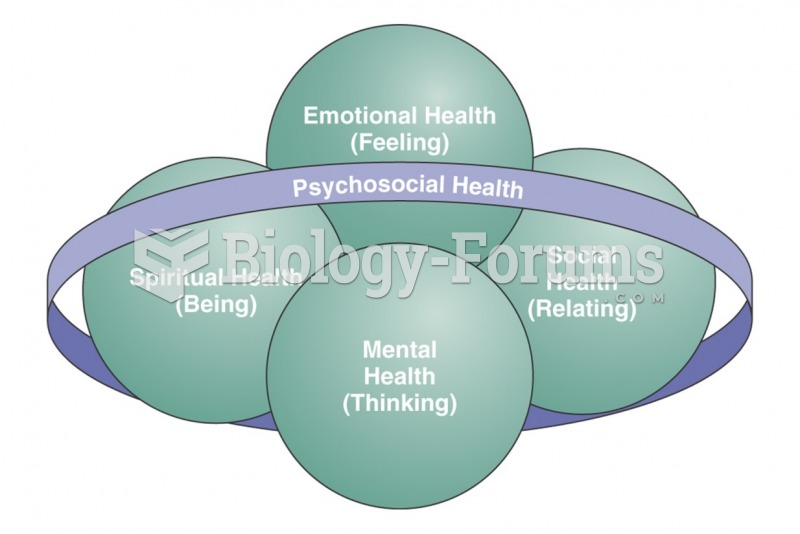Answer to Question 1
TRUE
Answer to Question 2
To minimize inactivity when you have limited time and space, look to enhance daily nonexercise activity thermogenesis (NEAT)the energy expended doing daily activities not related to exercise. Aim to achieve NEAT for at least 10 minutes every waking hour. Examples of such activities include:
1 . Walk instead of drive when you only need to go short distances.
2 . Park farther away or get off the subway, train, or bus several blocks from the campus or office.
3 . Take a short walk right after each meal or snack.
4 . Walk faster than usual.
5 . Move about whenever you take a break.
6 . Take the stairs as often as you can. Alternatively, walk up and down the escalators.
7 . When watching TV, stand and move during commercials or, even better, work out during TV time.
8 . Do not shy away from housecleaning chores or yard work.
9 . Stand more while working/studying. Place your computer on an elevated stand or shelf and stand while doing work, writing emails, or surfing the Internet.
10 . Always stand while talking on the phone.
11 . When reading a book, get up and move after every 6-10 pages of the book.
12 . Use a stability ball for a chair. Such use enhances body stability, balance, and abdominal, low back, and leg strength.
13 . Whenever feasible, walk while conversing or holding meetings.
14 . Walk to classmates' homes or coworkers' offices to study or discuss matters with them instead of using the phone, email, or computer.
Answer to Question 3
Emerging research shows that exercise allows the brain to function at its best through a combination of biological reactions. First, exercise increases blood flow to the brain, providing oxygen, glucose, and other nutrients; and improving the removal of metabolic waste products. The increased blood and oxygen flow also prompt the release of the protein Brain-Derived Neurotrophic Factor (BDNF). This protein works by strengthening connections between brain cells and repairing any damage within them. BDNF also stimulates the growth of new neurons in the hippocampus, the portion of the brain involved in memory, planning, learning, and decision-making. The hippocampus is one of only two parts of the adult brain where new cells can be generated. The connections strengthened by BDNF are critical for learning to take place and for memories to be stored. Exercise provides the necessary stimulus for brain neurons to interconnect, creating the perfect environment in which the brain is ready, willing, and able to learn.







